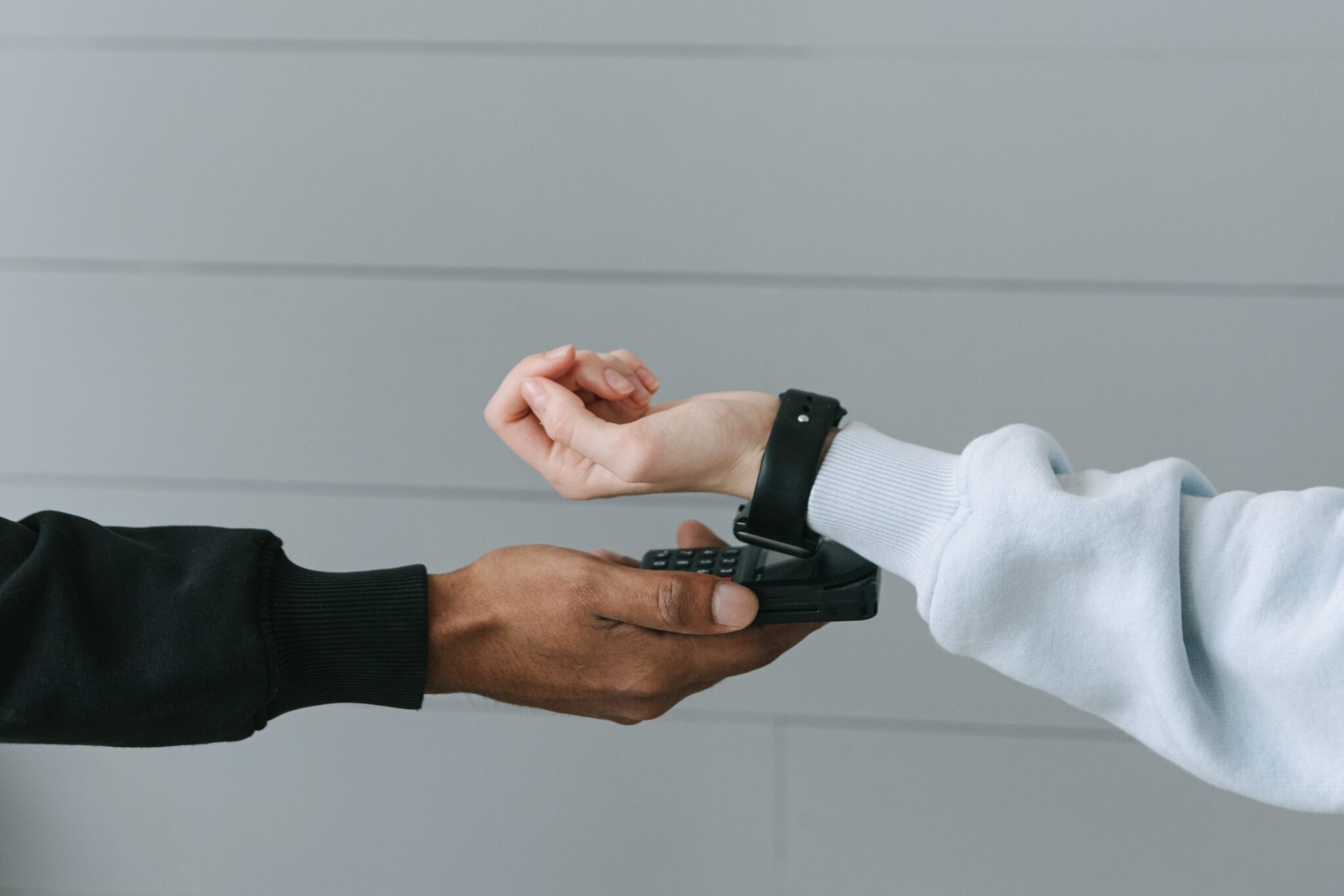It’s not hard to create an app that looks good, but it can be challenging to design apps that encourage meaningful behavior change in their users. Whether the aim is to persuade users to check an app for discounts before they shop or use a piece of software to track their fitness, it’s important to have a solid understanding of the factors that drive behavior change and to incorporate those changes into the user experience.
BJ Fogg, of the Persuasive Technology Lab at Stanford University, has designed a behavior model for persuasive design which is invaluable for anyone looking to design apps that drive real behavior change.
BJ Fogg’s Behavior Model
Fogg’s model is based on the idea that behavior is influenced by motivation, ability, and trigger — something which is commonly referred to as B=MAT. The idea is that if someone wants to do something, is able to do something, and is triggered to do something, then they will. It’s pretty simple — and easy to apply to app design.
Motivation
Motivation is what drives users to behave the way they do, and Fogg separates it into three distinct categories: sensation, anticipation, and belonging.
- Sensation is the physical level of motivation that makes users seek out things that bring them pleasure and avoid things that bring them pain.
- Anticipation is the emotional level of motivation, tapping into users’ hopes and fears.
- Belonging is the social level of motivation and relates to the need to feel accepted by others and connected to society.
Ability
Ability refers to how easy it is for users to do something at a certain point in time. When apps are poorly designed and difficult to use, ability is reduced.
Fogg identifies six ways that tasks can be made easier to encourage behavior change:
- Time. The quicker a task is to perform, the more likely users are to do it.
- Money. More expensive actions will require higher levels of motivation.
- Physical effort. An app that’s easy to access and navigate is more likely to prompt change.
- Thought. Actions which don’t require much thinking are more likely to be carried out.
- Social deviance. If an app asks people to go against what’s normally socially acceptable, they’ll be less likely to change.
- Non-routine. Any behavior change which doesn’t easily slot into existing routines is less likely to stick.
Prompt
A prompt is what triggers a user into changing their behavior. Prompts are also known as triggers, calls to action, or cues. Prompts can be divided into three categories, each designed to work differently according to the user’s current level of ability and motivation.
Facilitator
Facilitator prompts are used when users have high motivation but low ability. A facilitator prompt could be a link to something that’s otherwise difficult to find or a tip on how to use a little-known feature. Facilitator prompts give motivated users the knowledge they need to take action.
Spark
Spark prompts are effective when a user has high ability but low motivation. They already know how to do something — they just don’t want to do it. Spark prompts can involve gamification, visual data, and rewards, since these increase motivation. For example, a page which shows how often a user exercises using the app and awards badges for hitting goals. Competitive or community-building features like leaderboards can also serve as effective spark prompts.
Signal
Signal prompts are used when a user already has high ability and high motivation. Since the user doesn’t need to be taught or motivated, all that’s left to do is send a signal that prompts them to change their behavior. This could be a direct appeal to action, like a push notification or alarm reminding them to use an app.
Affecting Behavior Change through User Experience
The simple formula below makes designing apps that facilitate behavior change easy. The human brain is predictable — and Fogg’s research shows exactly how to manipulate it.
Step 1: Be Specific
Tell users exactly what they should do, and why.
Step 2: Make It Easy
Design apps that make behavior change as simple as possible.
Step 3: Trigger Behavior
Build effective triggers, like those explained earlier, into the app.
Being able to design apps which directly alter the behavior of their users is extremely powerful. Studying Fogg’s model makes creating apps that prompt real behavior change into a simple process that’s easy to explain, understand and execute.
Looking to stay on top of the latest industry trends? Check out our blog and follow us on Instagram and LinkedIn to stay in the loop on everything beverages.
